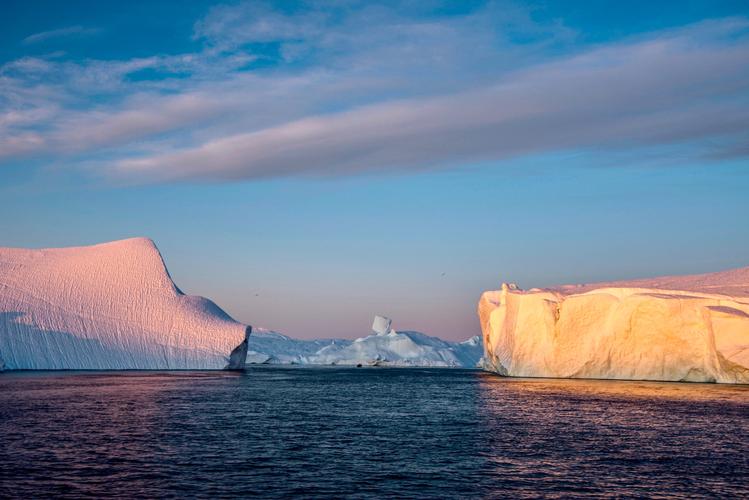Mauna Loa is Hawaii’s iconic volcano and one of the earth’s largest active shields. Not only is it a symbol of Hawaii’s beauty, but it also poses a threat to residents and visitors alike. In this article, we’ll explore some essential information about Mauna Loa, including its history, geology, volcanic activity, and tourism.
History
Mauna Loa’s formation dates back to more than one million years ago, from a hotspot beneath the earth’s crust. It has since grown to be one of the most massive landforms globally, rising over 13,000 feet above sea level and occupying an area of approximately 19,000 square miles.
Geology
The volcano’s unique shield shape is a result of its numerous eruptions of fluid basalt lava flows, which spread out and accumulate slowly on its slopes over time. Due to this type of eruption, Hawaii doesn’t experience explosive or dangerous volcanic activity.
Volcanic Activity
Mauna Loa has erupted 33 times since its initial recorded eruption in 1843. The most recent eruption was in 1984, which lasted for 22 days and was the largest eruption to date, releasing massive amounts of lava and ash. Scientists continue to monitor the volcano’s activity, recording minor earthquakes and gas emissions regularly.
Tourism
Mauna Loa is one of Hawaii’s popular tourist attractions, with almost two million visitors annually. Despite the potential risk of volcanic activity, most visitors ascend the volcano’s summit and enjoy hiking or camping in its national park. The park offers unique experiences, such as observing volcanic craters, ancient petroglyphs, and witnessing the various forms of volcanic activity present on the island.
Key Takeaways
Mauna Loa is a remarkable natural wonder, worthy of exploration and discovery. Its shield shape, due to basalt lava flows, makes it the largest active volcano on earth. While its activity is monitored regularly, it remains a popular tourist destination, offering visitors unique experiences and breathtaking views of a natural phenomenon, unlike any other.
In conclusion, Mauna Loa is undoubtedly a standout feature of Hawaii’s mesmerizing landscape, offering a window into our planet’s natural forces. Its history, geology, and volcanic activity provide a fascinating study for those interested in the earth’s structure and processes. For anyone visiting Hawaii, experiencing the volcano’s grandeur is a once-in-a-lifetime opportunity not to be missed.
(Note: Do you have knowledge or insights to share? Unlock new opportunities and expand your reach by joining our authors team. Click Registration to join us and share your expertise with our readers.)
Speech tips:
Please note that any statements involving politics will not be approved.
